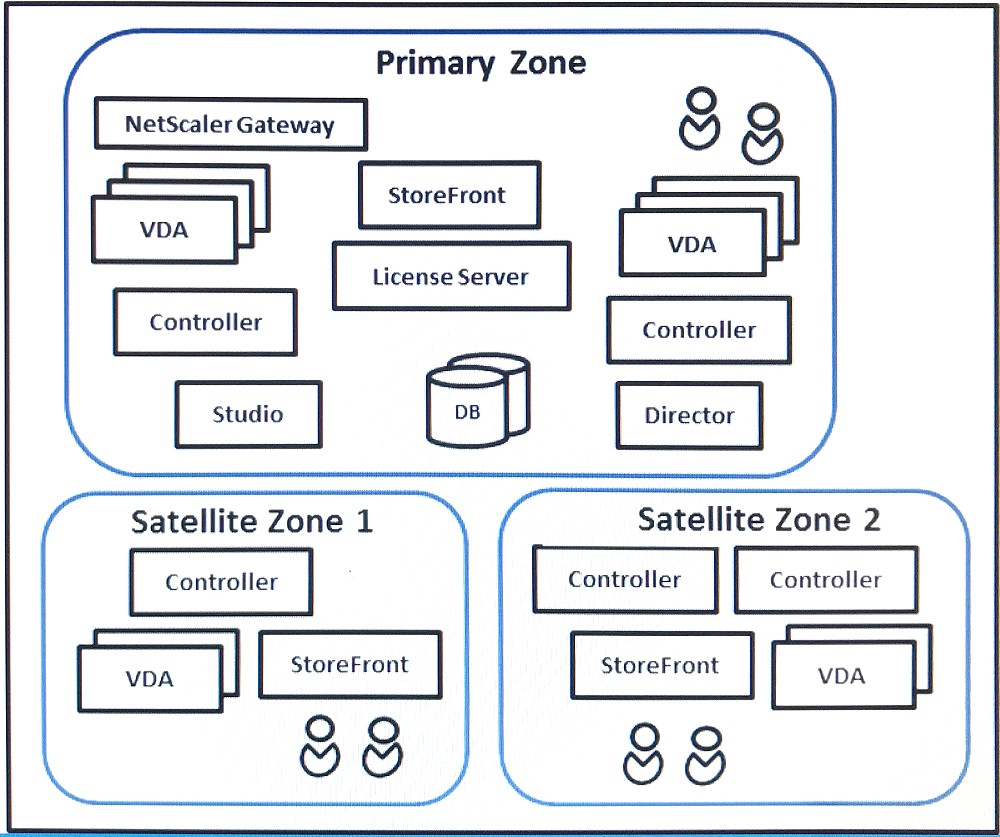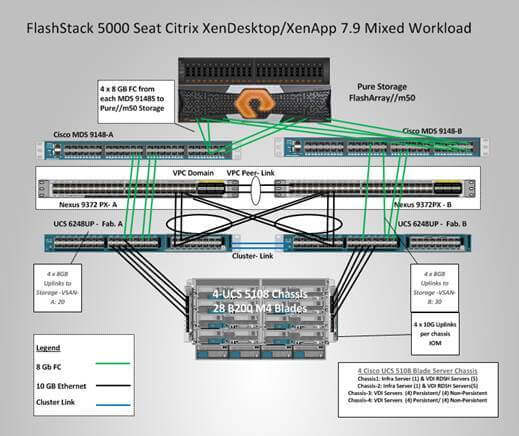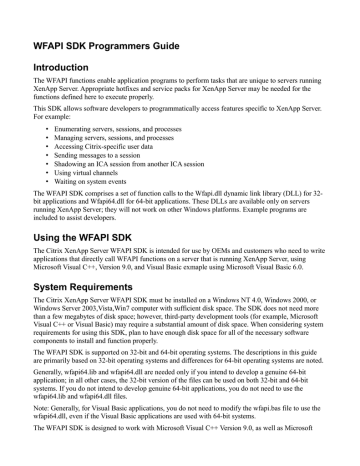

The startup license is a Citrix system file that enables Citrix products to. Posts about Hacking Citrix license server written by Murugan B. 341bbf4263 Citrix XenApp 6.5 – Lesson 1 – Licensing XenApp Â
CITRIX XENAPP FILE LINKS INSTALL
Install of Citrix XenApp 6.5 License Server and Windows Server Remote Desktop. citrix xenapp file association citrix xenapp file transfer citrix xenapp file explorer.

The license file is located in c:program files (x86)citrixLicensingMy Files folder. Troubleshooting licensing issues in XenApp 6 and 6.5. lic file in the appropriate place and I believe after a few hours had past those . ini file, no folders are mirrored.We are building a new Citrix Farm with XenApp 6.5. If this policy is not configured here or in the. Mirroring the cookie folder solves the issue by overwriting the cookies with those from the last session each time the user logs off so Index.dat stays up to date.īy default, this setting is disabled and no folders are mirrored. Further browsing in new sessions results in repeated merging and a bloated cookie folder. However, instead they are merged, and the references to the cookies in Index.dat become out of date. When the user logs off from the first session (or in the middle of a session, if the active write back feature is configured), the cookies from the second session should replace those from the first session. If a user has two Internet Explorer sessions, each on a different server, and they visit different sites in each session, cookies from each site are added to the appropriate server. Be aware that, in these situations the “last write wins” so files in mirrored folders that have been modified in more than one session will be overwritten by the last update, resulting in loss of profile changes.įor example, you can mirror the Internet Explorer cookies folder so that Index.dat is synchronized with the cookies that it indexes. Mirroring folders allows Profile management to process a transactional folder and its contents as a single entity, avoiding profile bloat. Configuring this policy setting can help solve issues involving any transactional folder (also known as a referential folder), that is a folder containing interdependent files, where one file references others. This setting specifies which folders relative to a user’s profile root folder to mirror. ini file, only non-excluded files in the user profile are synchronized. If this setting is not configured here or in the. cfg in the profile folder AppData\Local\MyApp and its subfoldersīy default, this setting is disabled and no files are specified.


For more information, see Include and exclude items. It is not necessary to include files in the user profile by adding them to this list. By default, Profile management synchronizes everything in the user profile. This setting specifies any files you want Profile management to include in the synchronization process that are located in excluded folders. ini file, only non-excluded folders in the user profile are synchronized. If this setting is not configured here, the value from the. Paths on this list must be relative to the user profile.Įxample: Desktop\exclude\include ensures that the subfolder called include is synchronized even if the folder called Desktop\exclude is notīy default, this setting is disabled and no folders are specified. It is not necessary to include subfolders of the user profile by adding them to this list. This setting specifies any directories you want Profile management to include in the synchronization process that are located in excluded folders. The Synchronization section contains policy settings for specifying which files and folders in a users profile are synchronized between the system on which the profile is installed and the user store. Bidirectional content redirection policy settingsĮnhanced desktop experience policy settingĬonfigure COM Port and LPT Port Redirection settings using the registryĬonnector for Configuration Manager 2012 policy settings


 0 kommentar(er)
0 kommentar(er)
